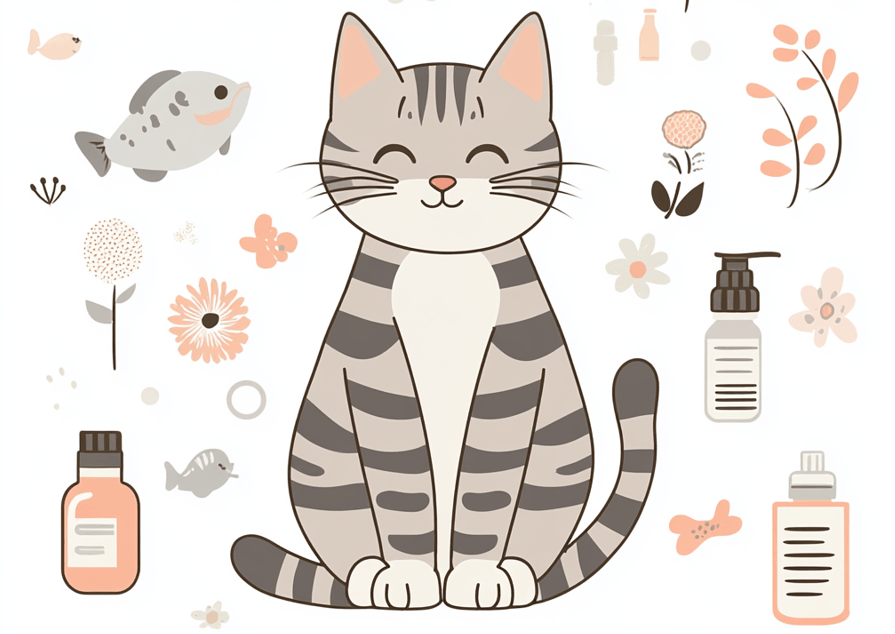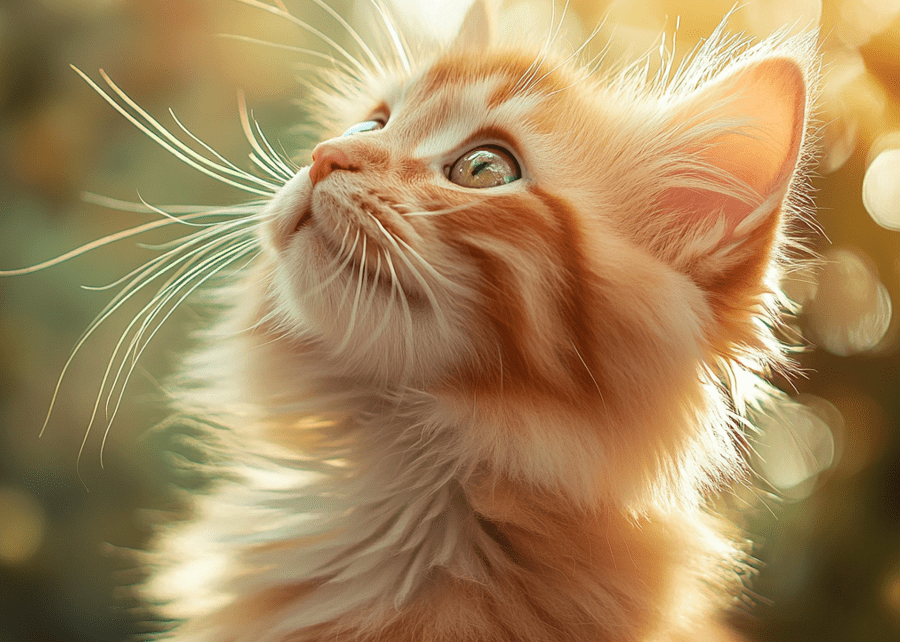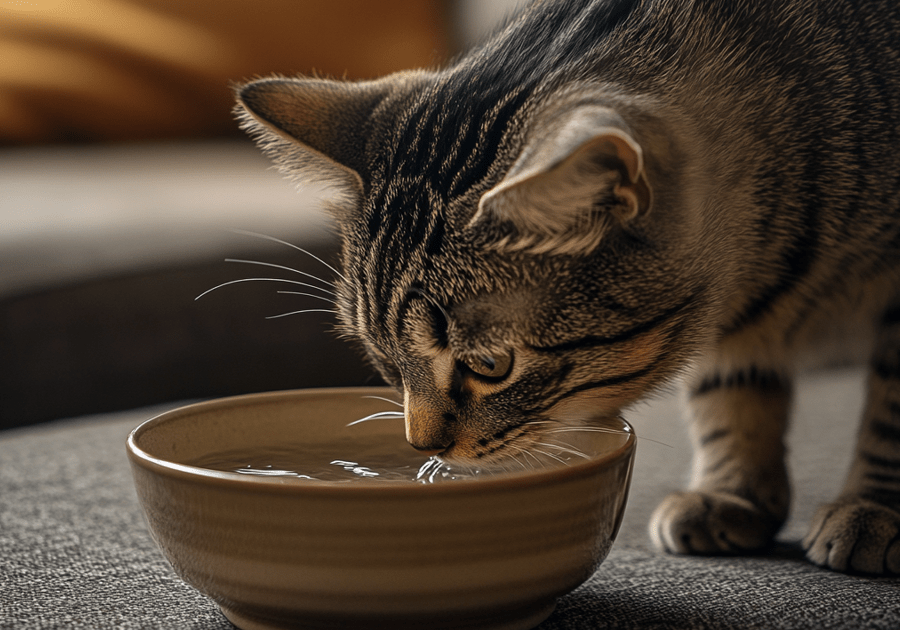
Cats also are known to have respiration issues or diseases and can even develop certain illnesses that call for an immediate vet visit, despite these the following are some of the normal nagging cold-like symptoms. It is disheartening not only to discover that your cat may be having breathing issues but also to realize that your pet is having a hard time breathing or coughing. By identifying certain common respiratory issues in cats, their causes, signs, and the available individual remedies it is crucial to care for cats.
To watch the summary of this article, just watch this video-
Explaining Different Parts of a Cat’s Respiratory System
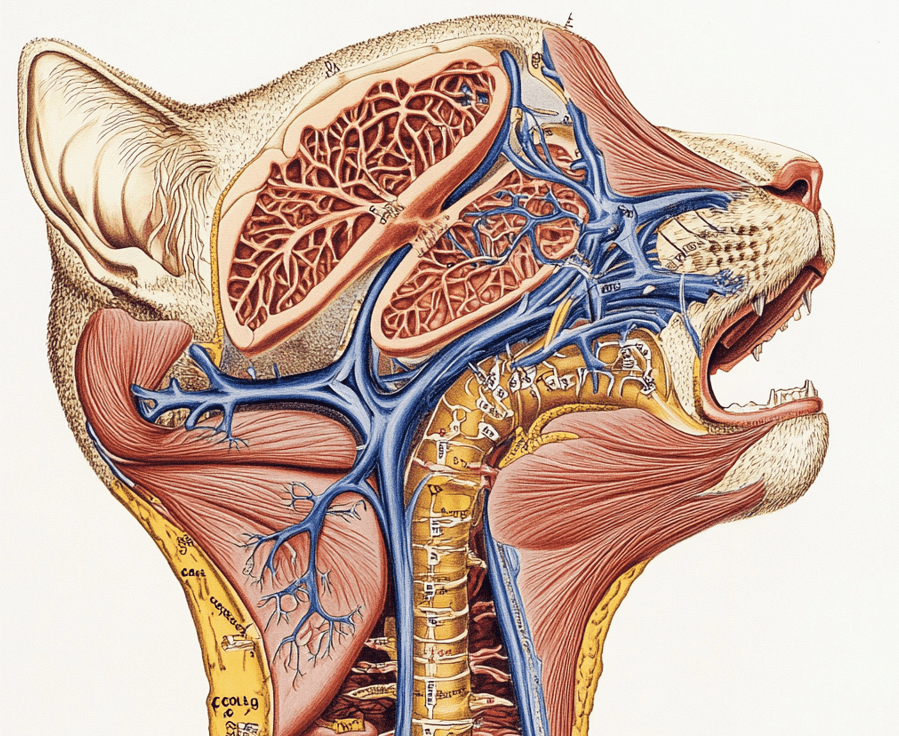
Given the increasing number of respiratory problems in cats, some information on the feline respiratory system will be useful. A cat’s respiratory system is divided into two main parts: That is the upper respiratory infections such as the nose, throat, and sinuses, and the lower respiratory infections including the trachea, bronchi, and lungs. It concerns the intake of oxygen and expulsion of carbon dioxide, the process that is essential for the organism’s functioning in this type of animal. Where any aspect of the respiratory system is diseased, signs apparent to the observer will be coughing, sneezing, nasal secretion, or difficulty breathing.
Bronchial diseases in cats
Upper Respiratory Infections (URI)
Feline Upper Respiratory Infections or feline URIs are known to be among the most frequent respiratory diseases in cats. These infections are usually associated with viral agents as; feline herpes virus or calicivirus but may also be bacterial or fungal infections. The cats with URIs present complaints such as sneezing, nasal discharge, eye-watering, and coughing. These infections are highly infectious, especially to cats in the same household or to cats in shelter homes.
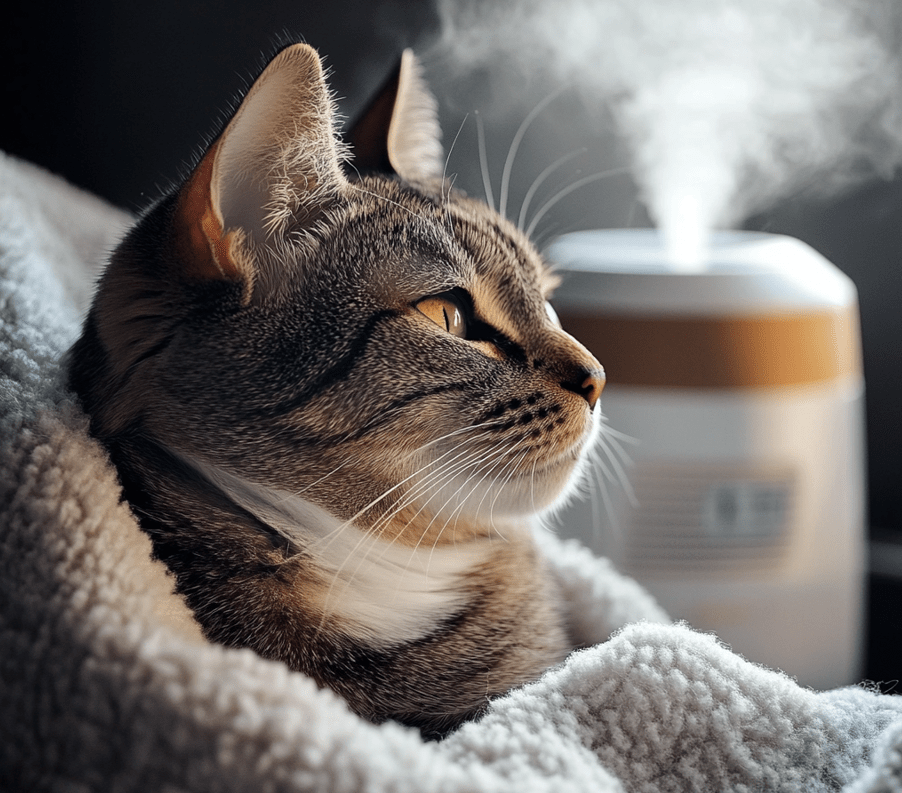
Treatment: In most cases, any given URI is self-correcting, which translates to manually delimiting means the URIs will sort themselves out. Nevertheless, they may be used if the doctor assumes there is a secondary infection by bacteria. In some situations, such antiviral or antifungal agents may be administered. Some symptomatic measures that may be recommended include an offer of a warm and humid environment.
Prevention: There are preventatives for these viral infections which include the feline herpesvirus and calicivirus vaccines. Some form of prevention is that the home environment should be kept clean and your cat should avoid other sick cats.
Asthma in Cats
Feline asthma is a long-term disease that results from inflammation and constriction of the airways and produces symptoms such as dyspnoea, coughing and wheezing. And indeed, affects adult cats most of the times and the cause may often be related to dust, smoke, or any strong smell. Asthma symptoms may mimic other respiratory diseases and thus diagnosis is critical.
Symptoms: The cat may develop shortness of breath, with manifestations like wheezing or coughing for cats with asthmatic issues most especially during stress or when he is challenged physically.
Treatment: The basic medications for asthma in cats include steroids that help reduce inflammation and bronchodilators to help correct the constriction of the airways. There are also important factors such as environmental factors that are blamed for worsening the symptoms of the condition; such factors like cigarette smoke or dust.
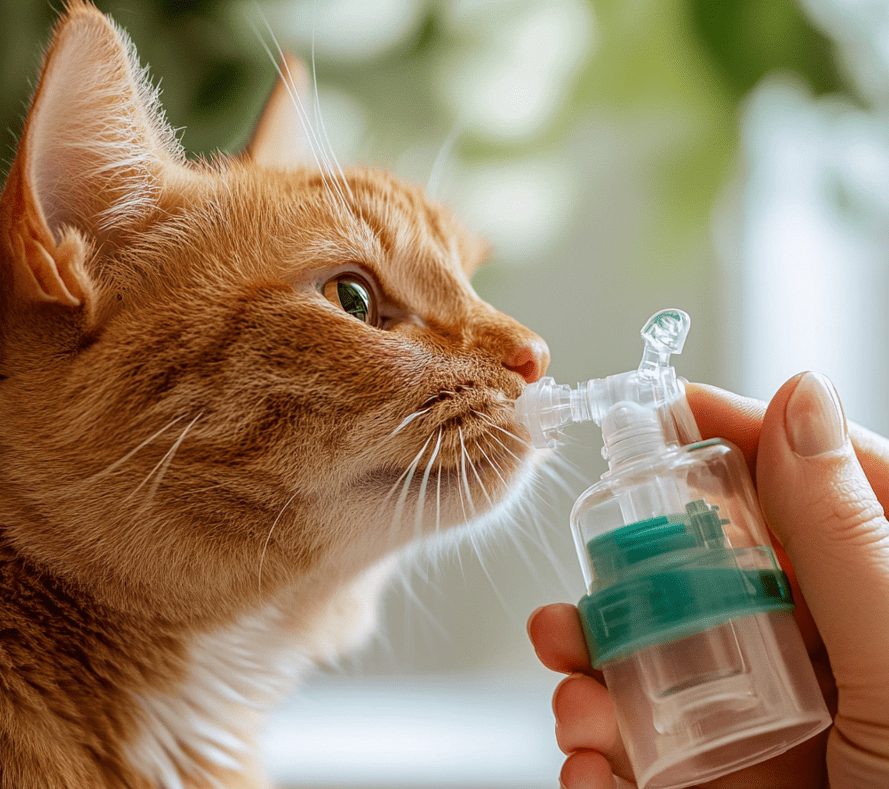
Bronchitis
Another lower respiratory disease in cats is chronic bronchitis. It causes a chronic inflammation of bronchial tubes and, consequently, coughing and difficulty in breathing. It is related to asthma but is generally chronic rather than acute.
Symptoms: Symptoms may include a cough that persists for weeks or months, and or labored breathing. The one thing that distinguishes bronchitis from asthma is the fact that the former may not necessarily feature wheezing.
Treatment: It is usually managed through the use of agents that help control inflammation in the airways and drugs that control cough. Environmental control in certain cases is also effective when one is advised to avoid certain pollutants or irritants.
Pneumonia
Pneumonia is an illness that affects the lungs; it is usually bacterial, viral, or due to inhaling a foreign object or food. (aspiration pneumonia) A common disease is pneumonia All types of cats may be affected, but more commonly kittens, aged cats, or cats with passive immune systems.
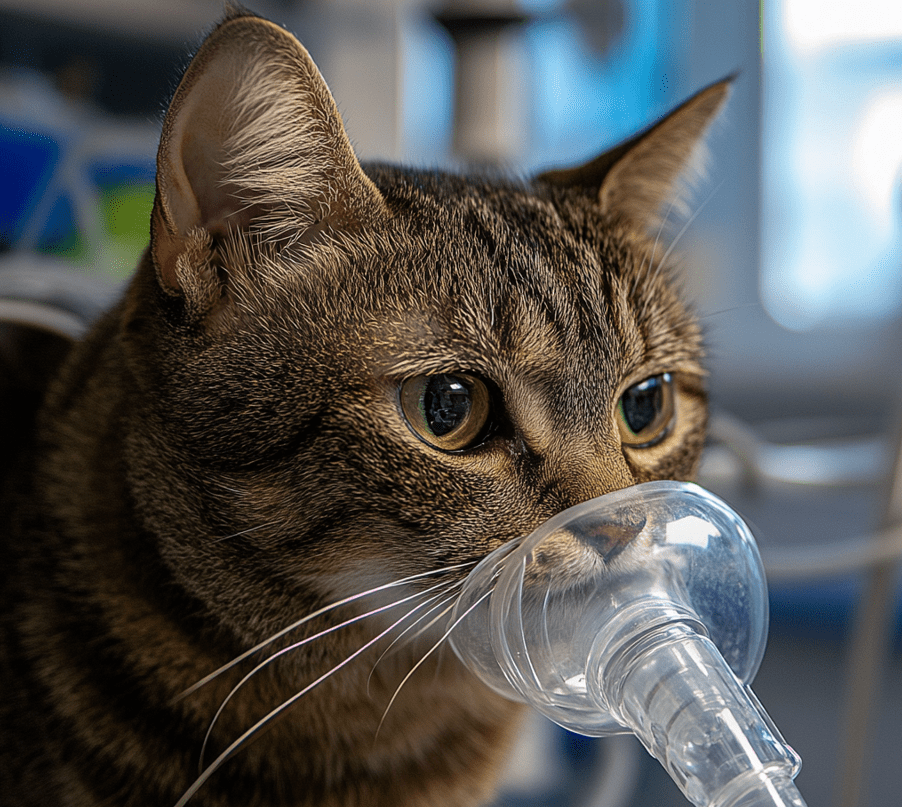
Symptoms: Clinical signs of this disease can include fever, tachypnoea, coughing, and nasal discharge in cats affected with pneumonia. In severe infection, the child may experience problems in breathing or develop cyanosis, and bluish coloration of the gum due to inadequate oxygen supply.
Treatment: Pneumonia is treated with antibiotics if the cause is bacteria or a bacterial infection. In the severities, the patient will require hospitalization and administration of oxygen. It is for this reason that the diagnosis process is well done and may require a type of x-ray and blood test.
Feline Infectious Peritonitis (FIP)
FIP is an infectious peritonitis that develops from some serotypes of the feline coronavirus. Although FIP pathologic manifestations can occur in several organs, respiratory signs and symptoms may be present in the form of persistent coughing, dyspnoea, and policy cardia due to pleural effusion.
Symptoms: Common with FIP are various signs; when the respiratory system is involved, cats may have fluid buildup in the chest or the abdomen, appear to be struggling to breathe, and are always tired.
Treatment: Unfortunately, FIP has a poor prognosis, and treatment options are limited. Experimental antiviral treatments have shown some promise, but they are not widely available. Palliative care is often provided to manage symptoms.
Risk Factors and Prevention
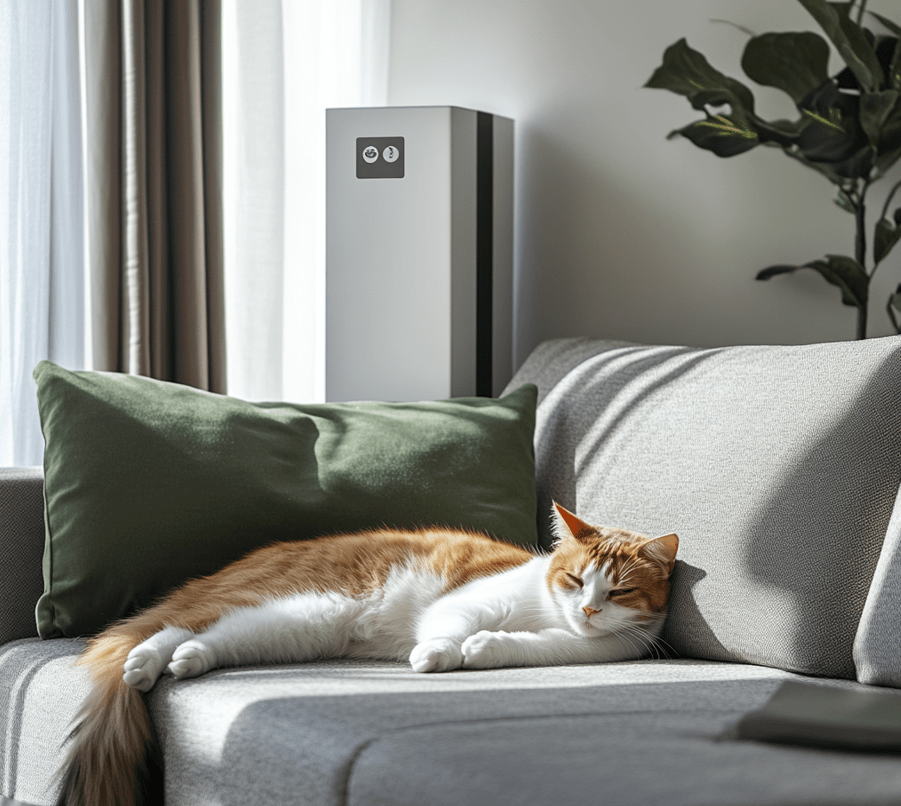
There are various parameters, which might predispose the cat to respiratory tract diseases. Smoke, dust, and other allergens are also a cause, and domestic cats that stay in smoker homes can easily develop respiratory illnesses. Groups known breed, age, and genetics also tend to affect the respiratory disease occurrence. General health and vaccinating your dog or cat are crucial in diagnosing and preventing respiratory diseases on time.
How to Recognize Respiratory Problems in Cats
Like most pet owners, you cannot afford to overlook some of the things that might show respiratory distress in cats. Common signs of respiratory issues include:
1.Coughing or wheezing
2.Sneezing or nasal discharge
3.Labored or rapid breathing
4.Mild symptoms like loss of appetite or weakness (asthenia)
When you experience these signs, then it is recommended to watch the cat closely and consult a vet if the signs get worse.
Treatment and Management
Symptoms of respiratory problems in cats vary depending on the cause update. Veterinary tests such as the X-ray, blood test, and culture are the best way through which the specific condition is diagnosed for treatment. These include antibiotics, antiviral agents, corticosteroids, and often inhaled bronchodilators. Moreover, proper grooming such as regular washing of the pet’s clothes, furniture, and bedding as well as avoiding subjects that cause allergies should be done and a humidifier should be used.
When to Seek Veterinary Care
If your cat is experiencing severe manifestations of respiratory distress, including labored breathing, rapid breathing or cyanosis (blue tint to the gums or tongue) you need to seek immediate veterinary attention. Cats that continue to cough or have nasal secretion should be taken to the vet to determine whether they have other common diseases such as pneumonia or asthma.
Conclusion

A great variety of respiratory diseases can affect cats, from uncomplicated, self-limiting diseases of various etiology to potentially fatal pathologies that pose an immediate threat to the animal’s life. Common signs that require early intervention include coughing, sneezing, rapid breathing, and nasal discharge. Early intervention can also be central to limiting the extent of harm done and boosting the success rate of your cat’s recovery. Familiarizing cat owners with the several respiratory diseases present in cats including upper respiratory infection, asthma, bronchitis, pneumonia, FIP, and chronic respiratory diseases allows an owner to identify when his/her cat may be suffering. syndromes like mild upper respiratory tract infections may be cured even without the help of physicians, whereas chronic illnesses like asthma and pneumonia may require lifelong pharmacological treatment. Primary prevention is especially important in the respiratory diseases. Cats should be kept away from allergens, smoke, dust, and other potential irritants to reduce the chances of your cat developing some form of respiratory disease. It is important to take a cat for a checkup as often as possible to identify any medical issues early and that is common among cats of a certain breed, age, or with previous medical conditions affecting their respiratory system. They also prevent various viral diseases that tend to affect your cat’s respiratory system. The best weapons that you have in reducing illnesses that affect your cat’s respiratory system are knowledge and awareness. It can be identifying small signs that your cat is developing an illness or knowing when to consult a veterinary assistant, it is imperative to be active in catering to your cat’s respiratory well-being since this goes a long way in minimizing some of the effects and enhancing the life of your cat.

